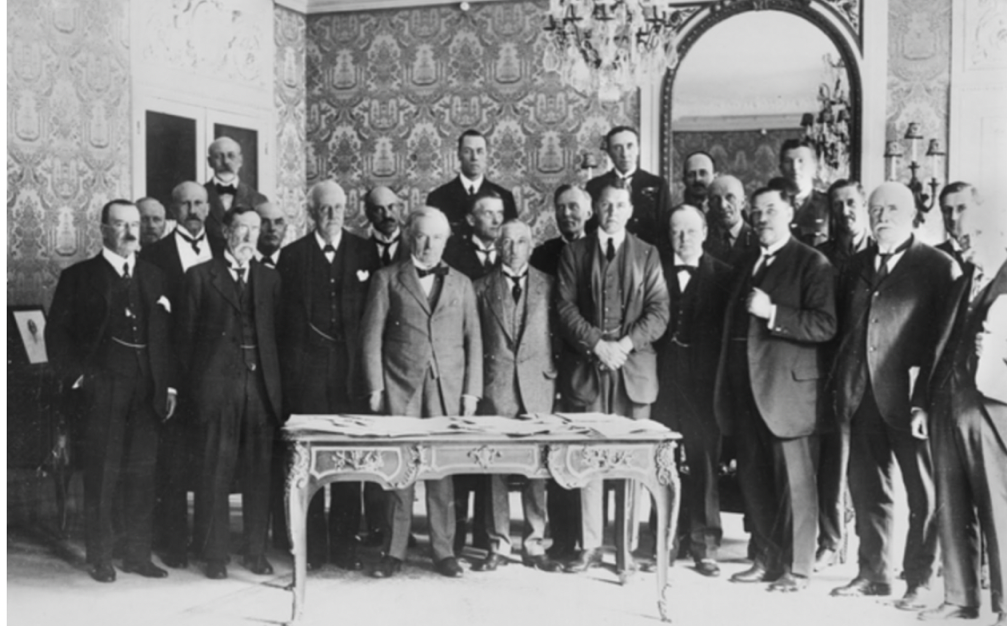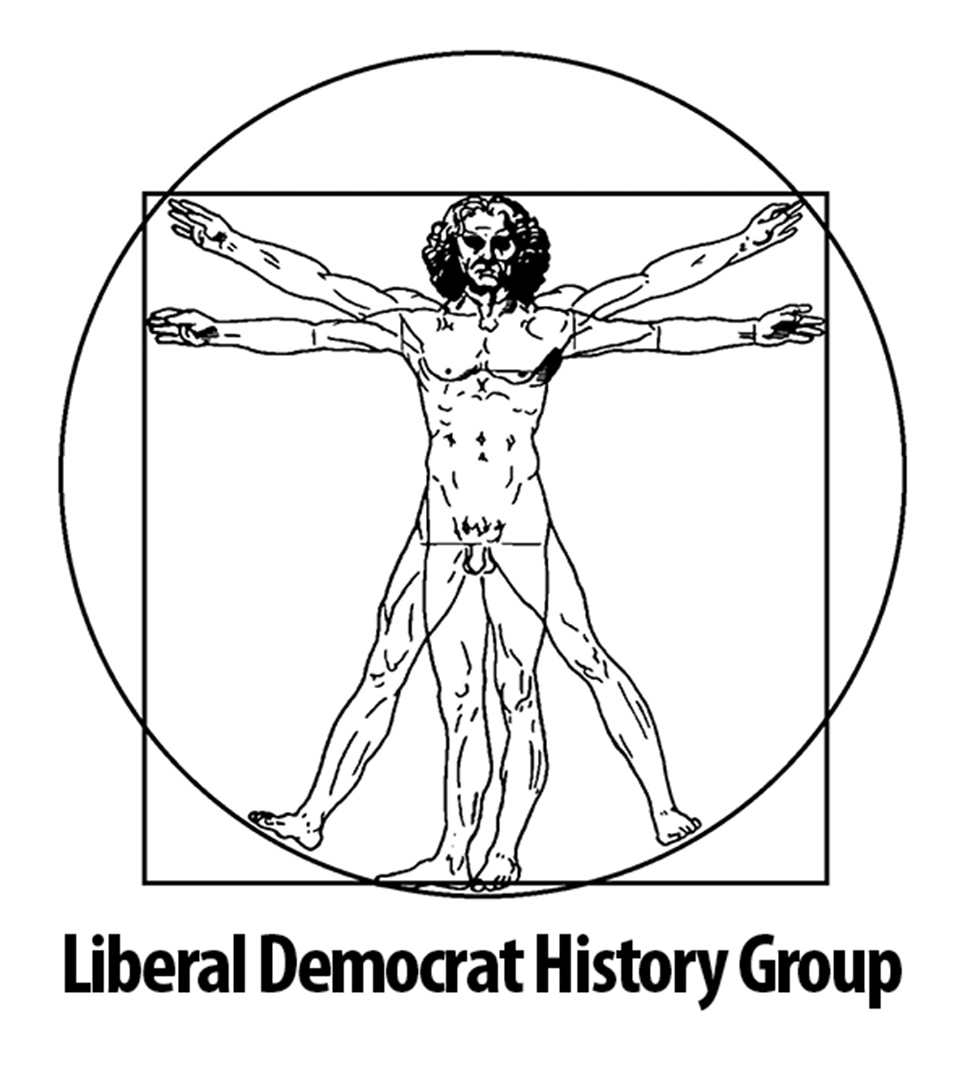Henry John Temple, third Viscount Palmerston, born in 1784 at Broadlands, Hampshire, was the elder son of Henry Temple, second Viscount Palmerston, and his second wife, Mary Mee. Palmerston was educated at Harrow and then sent to study with Dugald Stewart in Edinburgh before finally proceeding to St John’s College, Cambridge in 1803. In the previous year, at the age of seventeen, Palmerston had succeeded to the title. Palmerston secured a seat in Parliament in 1806, through the offices of his guardian, Lord Malmesbury, and remained an MP until his death in office fifty-eight years later in 1865. In 1809 he accepted the post of Secretary at War, declining that of Chancellor of the Exchequer. He was to remain in the War Office for nearly twenty years. Palmerston was a long-serving Foreign Secretary, filling the post on three occasions: 1830-34, 1835-41 and 1846-51. He subsequently served as Home Secretary (1852-55) before being becoming Prime Minister, 1855-58 and 1858-65. Palmerston’s papers form part of MS 62. The archive is predominately composed of correspondence relating to Palmerston’s political career. This semi-official correspondence, which covers the whole of his ministerial career from 1809 until 1865, accounts for most of the 40,000 items in the archive. The semi-official papers are divided into a number of sequences. The royal (RC) and general (GC) correspondence are the most significant in terms of both content and size. The royal section includes correspondence with William IV, 1830-37, Queen Victoria, 1837-65, and Prince Albert, 1840-61, as well as their private secretaries, Victoria, Duchess of Kent, Edward, Prince of Wales and the Dukes of Cambridge, Edinburgh and Sussex. By far the largest sequence is that of general correspondence (GC), which is arranged alphabetically by correspondent. Although it covers the period 1809-65, the general correspondence is concentrated in particular periods. This material is supported by a number of smaller sequences, which for the most part have a more subject-based arrangement. Palmerston gained especial renown in the field of foreign affairs. The widely held contemporary image of him was of the staunch defender of Britain, who would uphold old England’s glorious fame and would use any means to achieve this. It is perhaps fitting, therefore, that of the collection as a whole, about three-quarters consists of Palmerston’s papers as Foreign Secretary. A substantial quantity of this material, to be found in the GC series, is composed of his private correspondence with British diplomats, although there are also five hundred letters to Lord John Russell, the Prime Minister, for the period 1846-51. The breadth of this correspondence provides a testament to the range of British global interests and to the volatility of the international scene. Subjects range from the formation of Belgium and Italy, the 1848 revolutions in Europe, British interests in and diplomatic relations with India, Afghanistan and China, and relations with Canada and the United States of America, as well as piracy in north Africa, the Eastern Question and British attempts to reform the Turkish navy and military. The communications from William IV, within the RC series, are to Palmerston as Foreign Secretary. They relate to Belgium and the Eastern Question, civil wars in Spain and Portugal and liberalism in Germany and Italy. Early letters from Queen Victoria to Palmerston seek his advice on matters of diplomatic protocol. By the 1840s, however, the correspondence engages more fully with foreign affairs and the Queen concerns herself particularly with European sovereigns. A number of small series of papers on foreign affairs, and mainly for Palmerston as Foreign Secretary, supplement this royal and general correspondence. These comprise: (BD) despatches, 1822-51, and (MM) memoranda, 1801-65, arranged alphabetically by country; (SLT) papers and letters relating to the slave trade and slavery; and (FO) letters and papers on foreign affairs, arranged by subject. Amongst the MM series are: a Foreign Office memorandum on communications with the United States of America relating to Cuba; a memorandum by Palmerston on certain circumstances connected to the Coup d’Etat December 1851 in France; notes by Palmerston on diplomatic proceedings in 1830 relating to Algiers; a memorandum on the political state of Persia, 1835; one advocating military action in Afghanistan rather than Persia, 1838; and notes on the defence of Mexico. While the miscellaneous and patronage correspondence (MPC) covers a much broader time period, the majority of the letters fall within the five years 1836-41 and concern applications for posts in Palmerstons gift as Foreign Secretary. Some of the official minutes and working papers in the collection are similar to those surviving in the Foreign Office records (TNA FO 96/1722, FO 800/382) and the drafts of despatches relate to a series of entry books and precis books in the British Library (Add MSS 48439577, 499639) which were once in the collections at Broadlands. An important sequence of Palmerston’s correspondence with Sir George Villiers has been published in the HMC Prime Ministers Papers series, Palmerston I: Private correspondence with Sir George Villiers (afterwards fourth Earl of Clarendon) as minister to Spain 1833-1837, ed. R. Bullen and F. Strong (London, 1985). The papers from Palmerston’s long service as Secretary at War (180928) are few in comparison and the correspondence generally is meagre prior to 1830. The deficiency is partly made up by the survival of political journals for 1806-07 and 1828-29 (D1D2), by other diaries and journals (D3D24), and by the autobiographical sketch that he wrote for Lady Cowper shortly before their marriage (D26). For Palmerston’s years as Home Secretary and Prime Minister there is royal correspondence, correspondence with Cabinet colleagues in particular 450 letters between 1859 and 1865 with his Foreign Secretary, Lord John Russell material relating to Cabinet matters and to domestic and foreign business. These last include papers and minutes circulated to cabinet (CAB), papers relating to national defence, including coastal fortification, the army, navy, militia and Ordnance (ND), and subject files relating to home affairs (HA). The papers are more fragmentary than those for the years as Foreign Secretary, with a notable absence of general correspondence. The most probable reason for this is that Palmerston’s death in office involved a hasty sorting of the papers and considerable destruction. The main Palmerston archive is supplemented by family correspondence of Viscount Palmerston and of his wife, Emily, formerly Lady Cowper, 1791-1869 (MS 62 BR 2230), a volume of correspondence between Palmerston and John Wilson Croker, 1810-56 (MS 273), and letters from Constantine Henry Phipps, first Marquis of Normanby, British ambassador to Paris, to Palmerston, July-August 1848 (MS 376). The last, written at a time of unrest and revolution in Europe, concerns the French proposition for joint mediation in Italy. The Palmerston Papers Database, an online catalogue of the collection, is available at www.southampton.ac.uk/archives. Summary descriptions of the semi-official correspondence, together with that of the family correspondence of Lord and Lady Palmerston, form the first section of the database. The detailed catalogue descriptions are a work in progress, at present concentrating on two series of correspondence, the first of British diplomats stationed overseas, the second of British government ministers. The diplomatic correspondence, which covers the period from 1830 until 1864, includes material on Belgium, Turkey and Greece, Prussian foreign policy, Sardinia and Austria. The focus of the ministerial correspondence is predominately on home affairs. Lord Palmerston’s papers, along with those of second Viscount Melbourne and the seventh Earl of Shaftesbury – all of which form part of the Broadlands Archives held at the University of Southampton – have recently been put up for sale by the Trustees of the Broadlands Archives. The collection has been offered to the University, with the expectation if the negotiations fail the material may well be broken up and sold at auction. The net price is £2.85 million and the University is undertaking a major fund-raising campaign to assure the future of this immensely important collection. For further information please see: http://www.southampton.ac.uk/archives/Broadlands/index.html Karen Robson is Senior Archivist at the University of Southampton Library. Contact details: web: http://www.southampton.ac.uk/archives/ email: archives@soton.ac.uk tel.: 02380 592721

Journal of Liberal History
For the discussion and research of Liberal, Liberal Democrat and SDP history
Developed and hosted by Prater Raines
